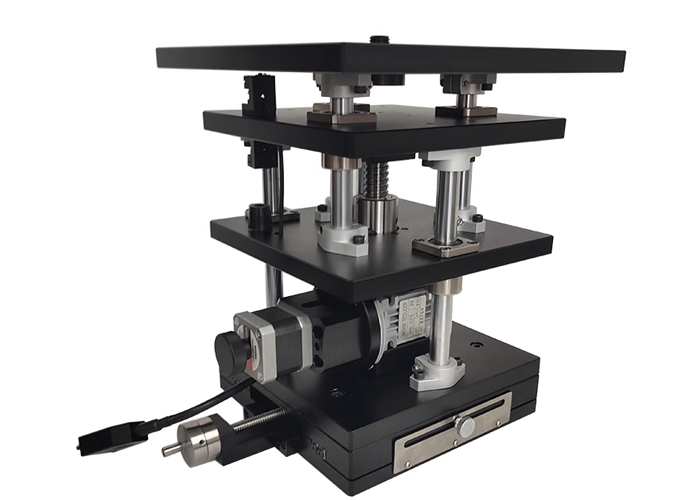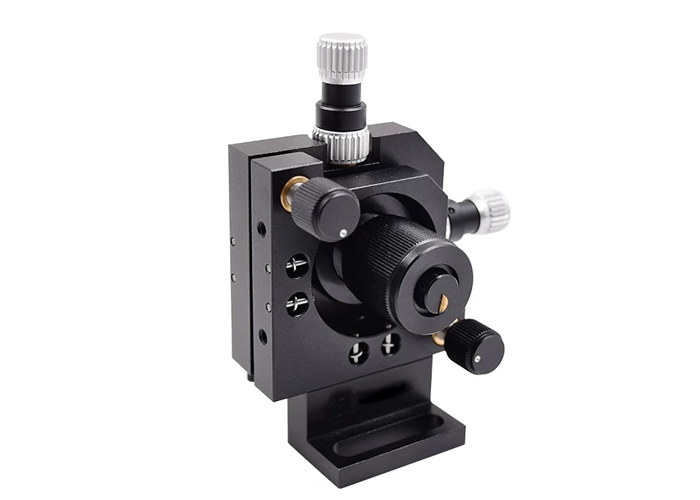Precision motion system in vacuum environment
In industry, many processes need to be carried out in a vacuum environment, and many high-precision products also need to use different degrees of vacuum technology in the manufacturing process. Typical applications include precise bonding process between thin film and substrate in display panel, thin film sputtering in semiconductor process, wafer inspection and so on.
At present, the harsh vacuum application environment in the market includes: semiconductor manufacturing, aerospace, life sciences, medical care, nanotechnology, optoelectronics, telecommunications and other industries.
Requirements for motion system in vacuum environment
The basic definition of vacuum refers to the removal of gas molecules in a certain space by external force, which makes the pressure drop less than the atmosphere, thus creating a vacuum. The method of making vacuum in a laboratory or factory is to use a pump to pump air in a closed space (generally called a vacuum chamber) to achieve vacuum with different purity, which is generally divided into low vacuum, medium vacuum, high vacuum or ultra-high vacuum.
Many precision industrial processes must be carried out in a vacuum environment in order to reduce the influence of any gas molecules on the processed products during the process.
The motion system working in vacuum environment needs to provide key functions according to the environment when designing. There are strict requirements for related motion control components, such as metal materials such as guide rails and substrates, and heat dissipation of motors, such as:
1. Compact structural design
Because the space provided by the vacuum chamber is limited, a compact design is needed.
2, high temperature resistance
The vacuum chamber needs to be heated to 100°C or above to shorten the time required for vacuumizing and obtaining a higher level of vacuum;
3, high cleanliness
Grating components need special packaging and transportation, because any pollutants on the components, such as engine oil, grease and even fingerprints, will release gas in vacuum, which will affect the straightness;
4. Eliminate gaps that may accumulate air.
In addition to the most basic material selection and surface treatment, in assembly, we must focus on eliminating gaps that may accumulate air. The gap can slowly release the accumulated air. These are called false leaks, which may delay the establishment of vacuum, and even make it impossible to establish vacuum. Both holes and screws need to be vented. When connecting by bolts (for example, structures with reinforcing ribs are connected together by bolts), it is necessary to avoid forming gaps between surfaces, or take appropriate measures to quickly discharge the gas in the gaps (for example, discharge channels).
5. Special design is required according to the characteristics of the device.
Some subsystems of electronic devices, such as controllers or amplifiers, cannot be used in a vacuum environment, so they must be arranged outside the vacuum chamber, which requires consideration of the access of the vacuum chamber and the design of cable wiring. Some electronic components, such as motor, terminal and indoor switch, decoder reading head, etc., must be installed in a vacuum chamber, so they must be specially designed to adapt to the vacuum environment.












